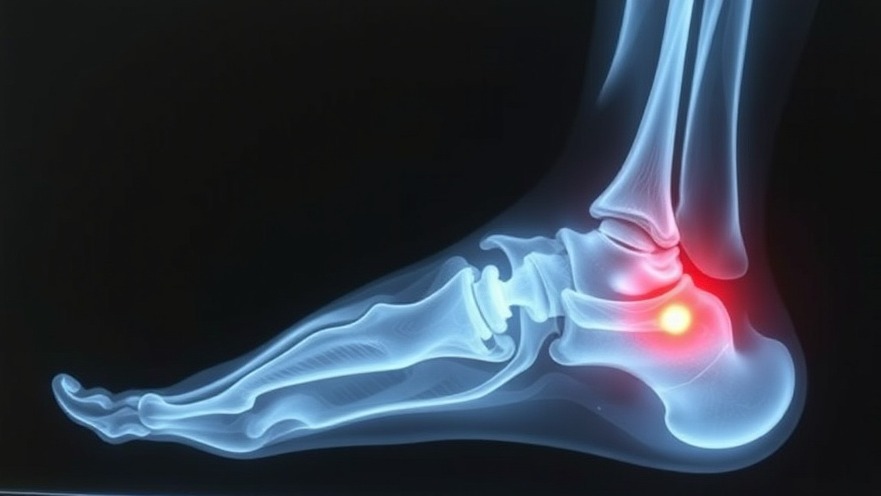
Bone-Patellar Tendon-Bone Autograft: A Viable Choice for ACL Reconstruction
As athletes and active individuals know, injuries to the anterior cruciate ligament (ACL) can be career-defining moments. Surgical intervention often follows, with options available for grafting to restore function and stability. Recent findings presented at the American Academy of Orthopaedic Surgeons Annual Meeting shed light not only on the clinical outcomes of bone-patellar tendon-bone (BPTB) autografts, but also on their unexpected potential benefits for patients with pre-existing patellar tendinopathy.
PATIENT OUTCOMES: A DEEPER DIVE
In an analysis that included 909 patients who underwent ACL reconstruction using BPTB autograft between 2012 and 2021, researchers led by Michelle Xiao examined the impact of mild to moderate patellar tendinopathy on surgical outcomes. Interestingly, the results indicated no significant differences in retear rates or subsequent surgeries between patients with tendinopathy and those without. This finding opens doors to new treatment conversations for patients who might have been apprehensive about surgery due to pre-existing conditions.
UNPACKING THE FINDINGS
While it’s essential to focus on the evident statistics—no significant differences in patient-reported outcomes and reoperation rates—what does this mean for a concierge medical practice owner? Understanding these results can empower practitioners to better communicate surgical options to patients. Especially for those athletes who might worry about managing tendinopathy alongside an ACL injury, it offers a sense of hope, allowing them to confidently pursue surgery and rehabilitation knowing that their outcomes may remain comparable to those without such conditions.
THE STAYING POWER OF BPTB GRAFTS
BPTB autografts have historically been regarded as the gold standard, and they continue to impress with their efficacy. A systematic review suggests that BPTB in conjunction with quadriceps tendon autografts show similar functional stability and postoperative results, which can relieve some anxiety for those concerned about graft selection. Emerging techniques have continued to enhance BPTB graft preparation and implementation, demonstrating the adaptability of surgical practices in matching patient needs.
THE PERSONALIZED PRACTICE APPROACH
For concierge medical practice owners, focusing on individual patient needs is paramount. This insight into surgical outcomes not only enriches patient education but enhances the level of personalized care you can provide. Practitioners should discuss all available graft options—including their benefits and complications—allowing patients to make informed decisions that resonate with their lifestyles and recovery goals.
THE OPPORTUNITY IN FRONT OF YOU
The recent findings provide an opportunity for concierge practices to engage in deeper, qualitative conversations that transcend routine medical advice. Build rapport with patients by exploring their fears and expectations related to surgical outcomes and recovery. Education, alongside empathy, can transform a standard consultation into a fruitful partnership, thereby boosting your practice’s reputation as a leader in comprehensive care.
WHAT LIES AHEAD
As research continues to evolve, so too should the conversation regarding graft options in ACL surgery. The more engaged you are with current literature and findings, the better equipped you will be to guide your patients through recovery with confidence and clarity. By integrating these insights into your practice, you can develop strategies that resonate with the needs of your patients while securing your standing as the preferred local medical concierge practice.
For concierge medical practice owners eager to expand their influence and patient base, emphasizing personalized care informed by the latest research could raise the standard of care in your community.
 Add Row
Add Row  Add
Add 






Write A Comment